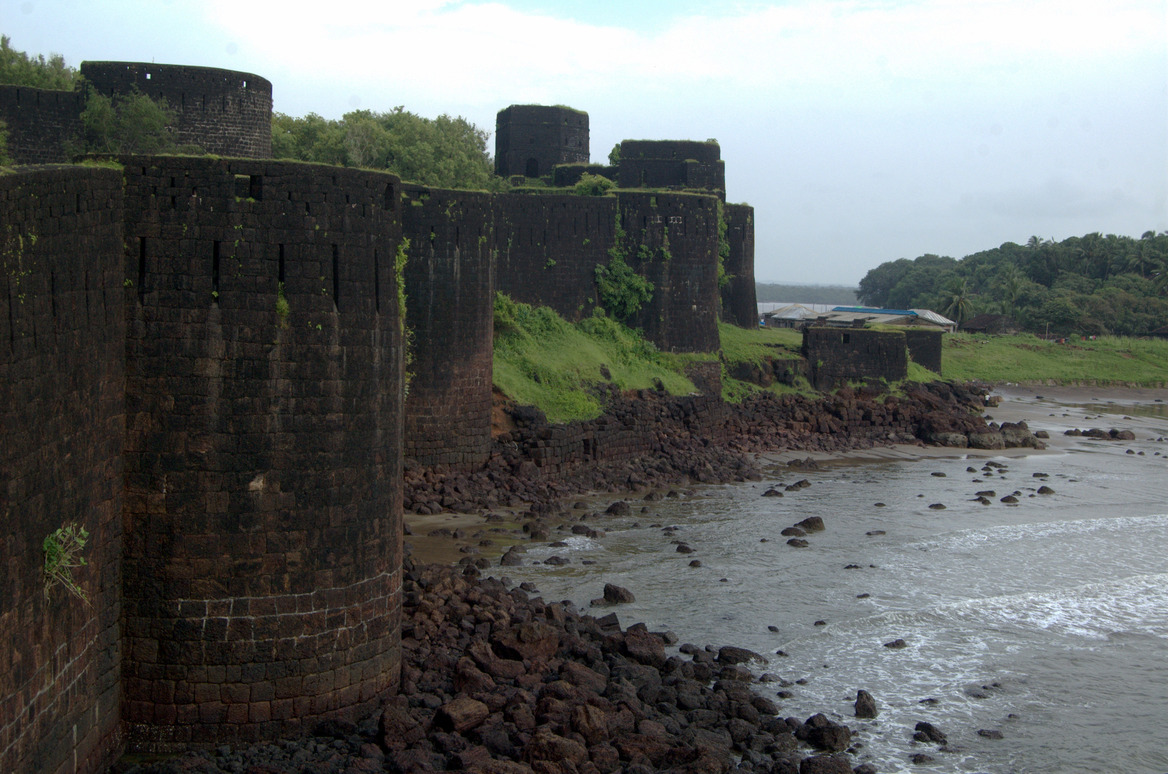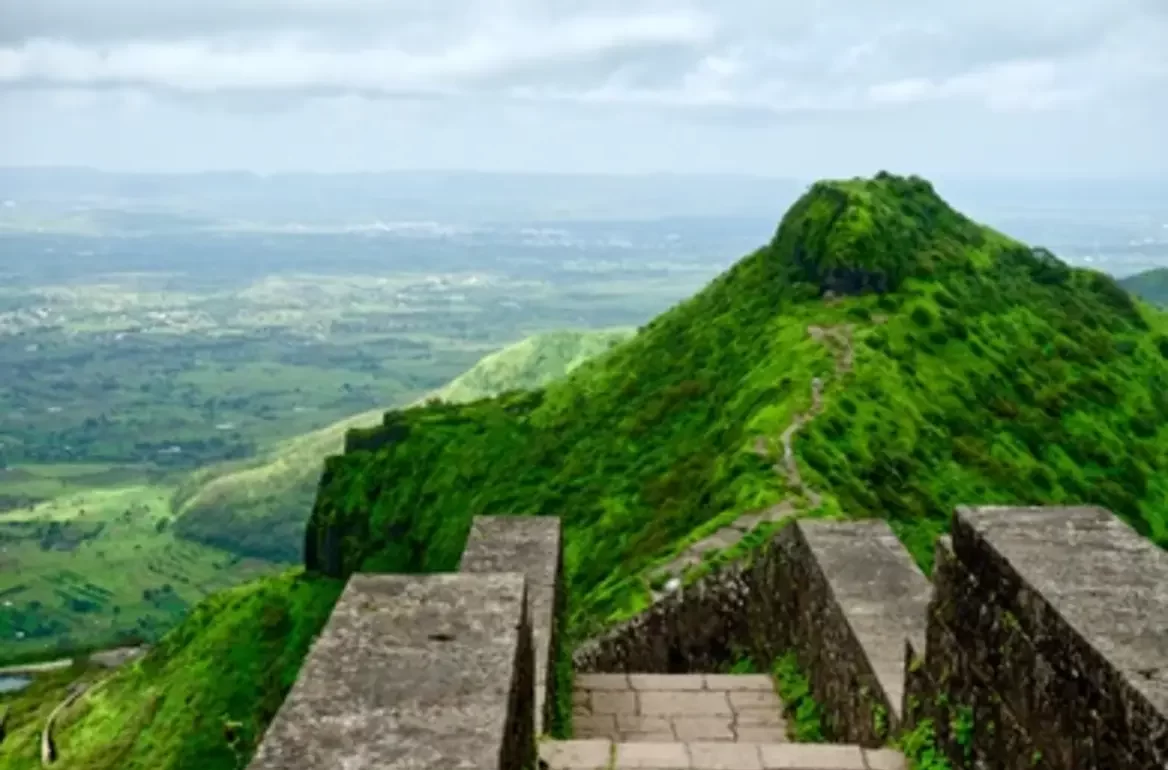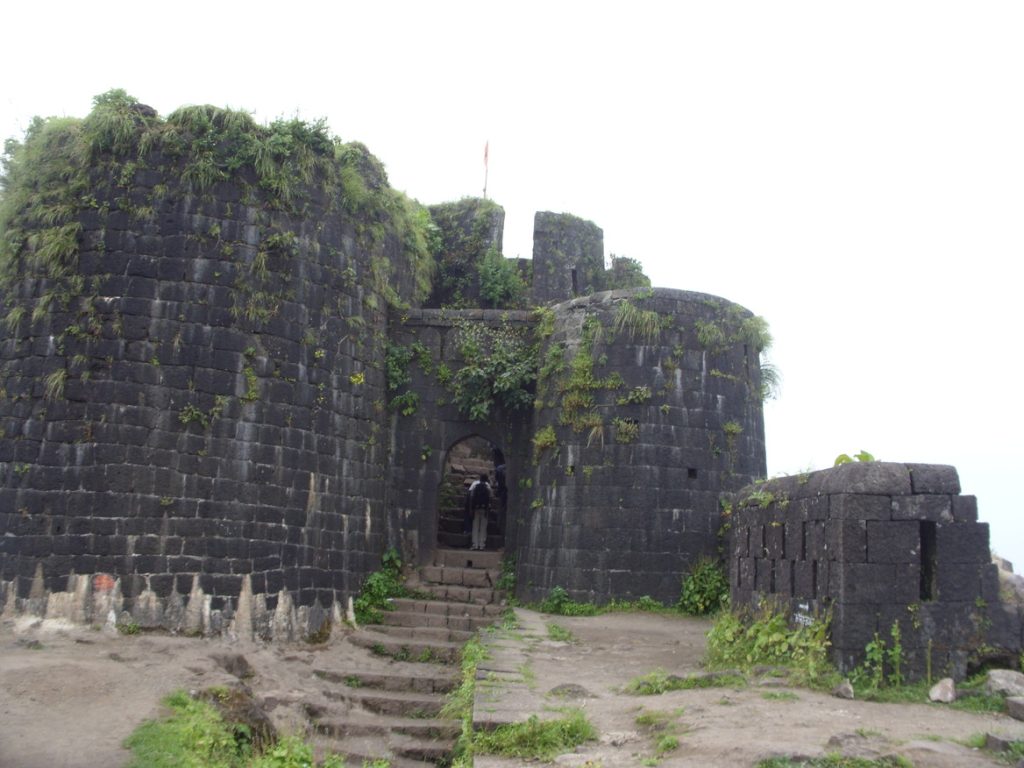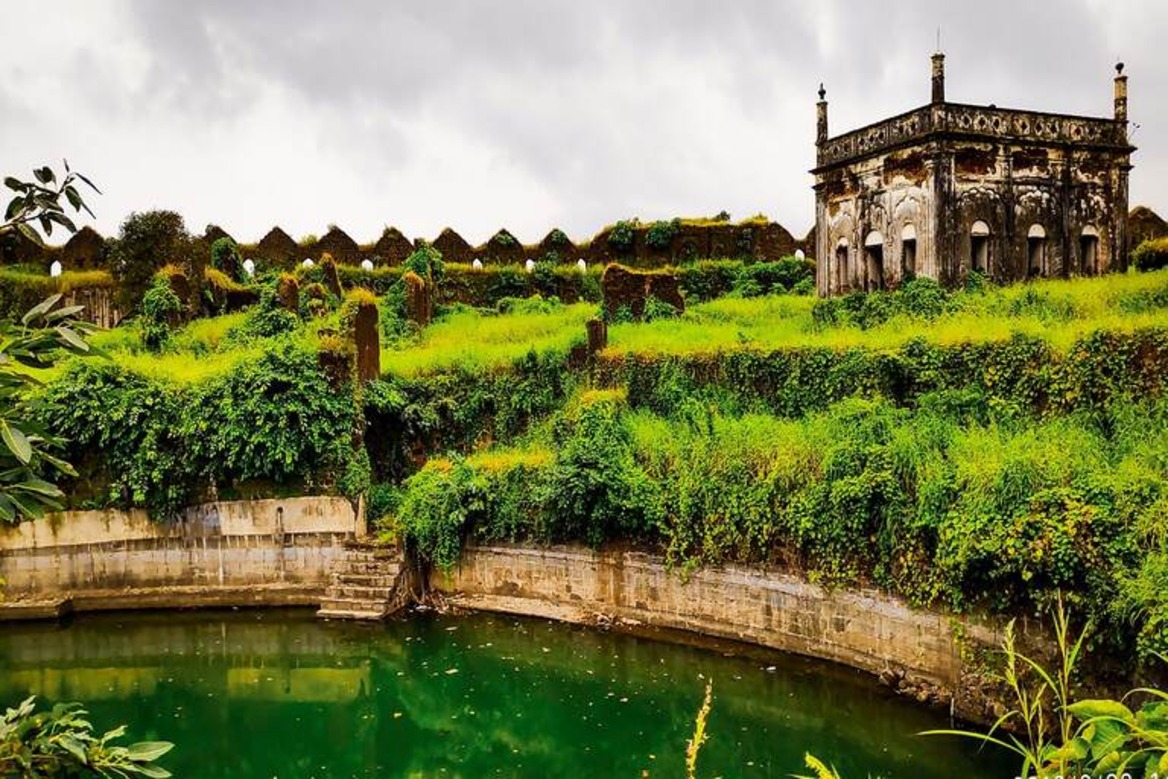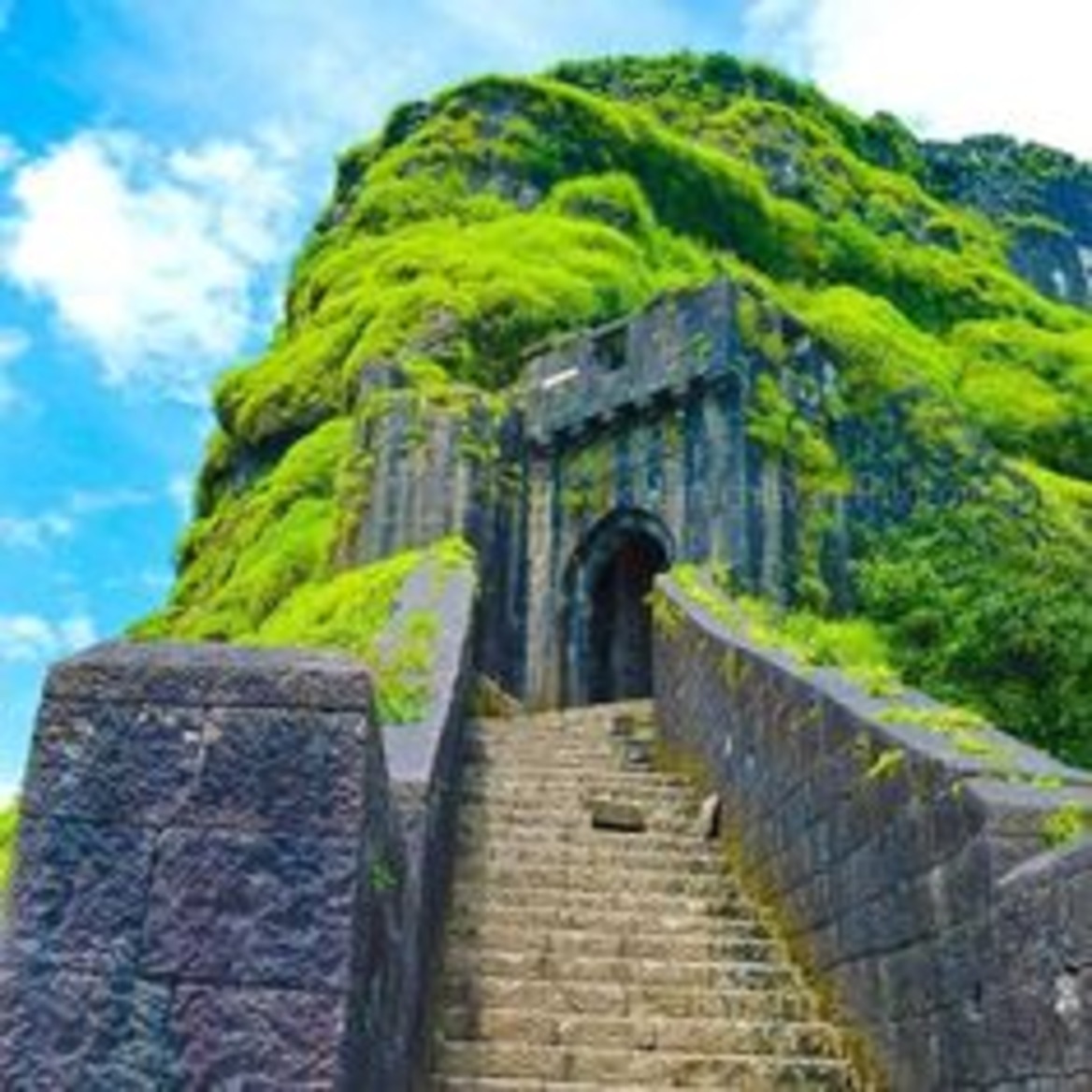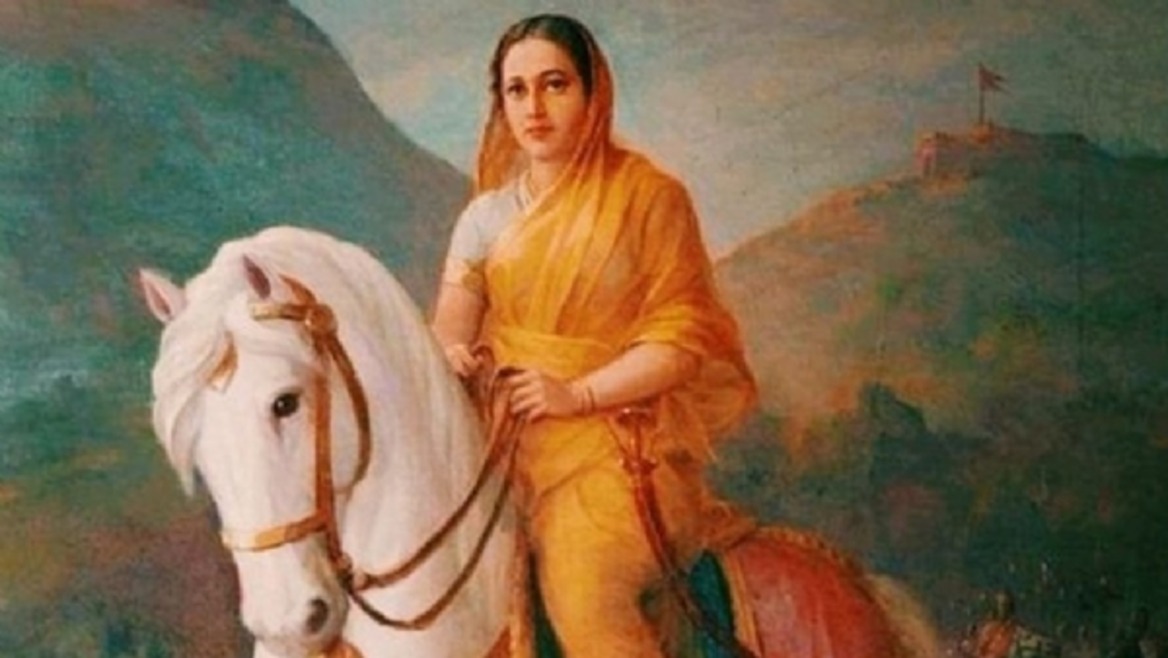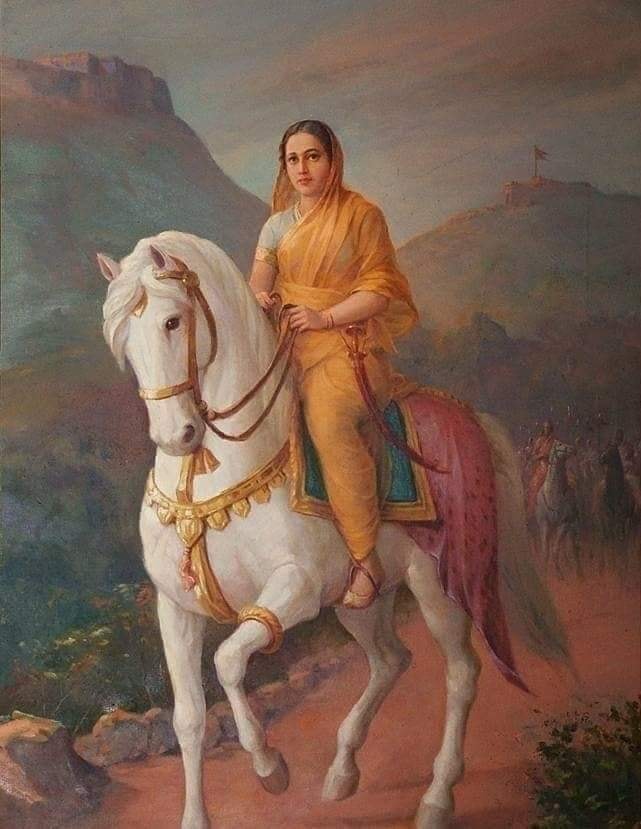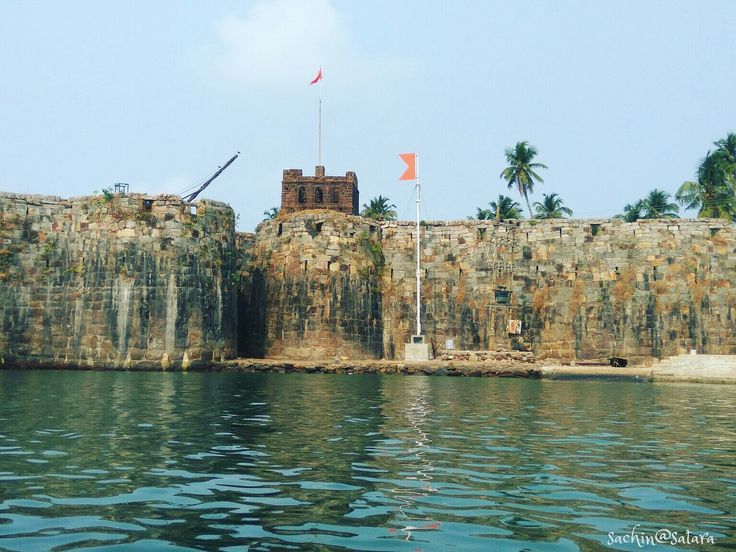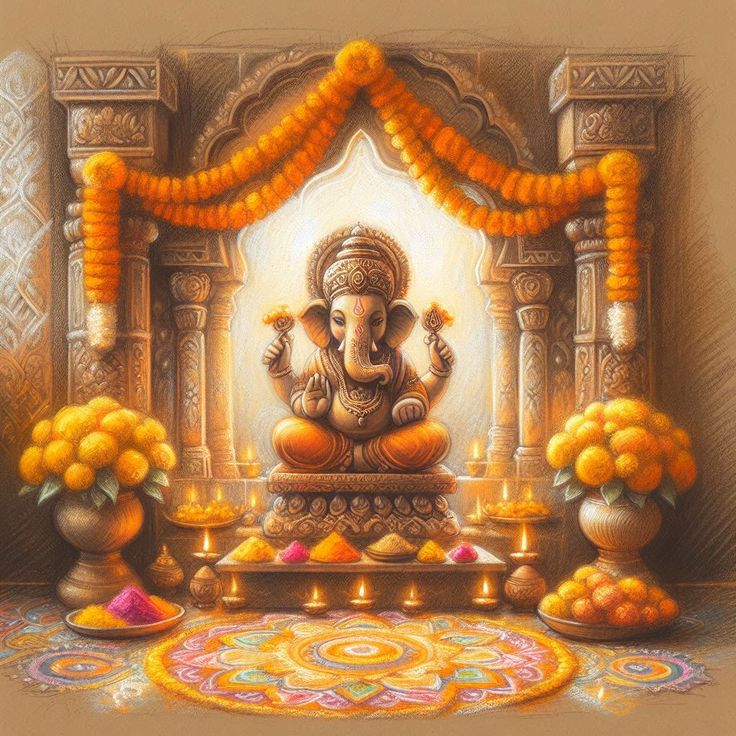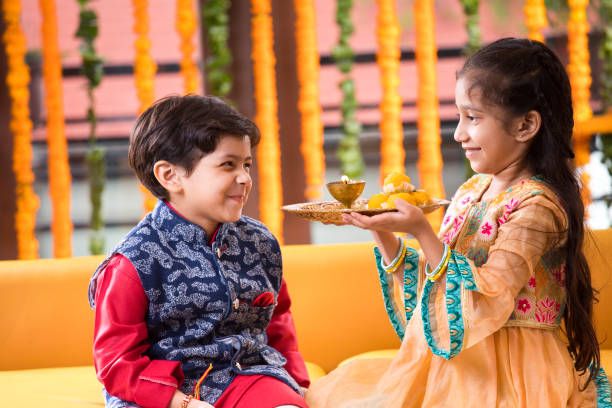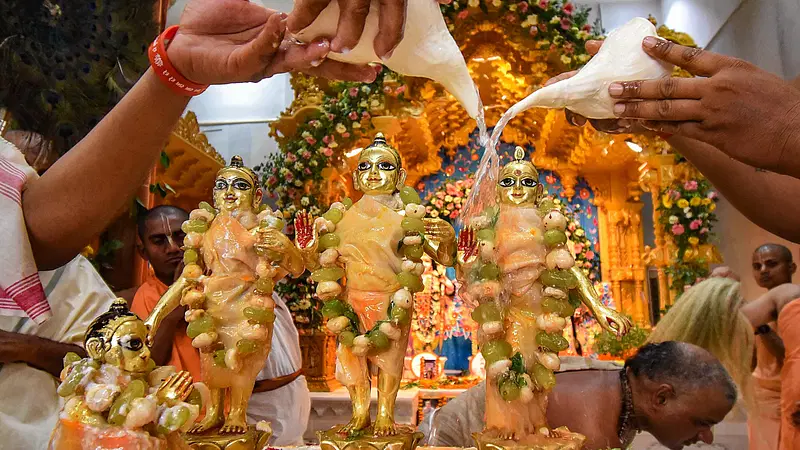Synopsis– Devgad Fort, has historical significance for the Marathas. Built by the Maratha king Shivaji Maharaj in the 17th century, it served as a strategic coastal defense post to protect the region from Portuguese and later British influences. The fort was part of Shivaji’s broader plan to strengthen maritime power and safeguard the Konkan coast. Its location allowed the Marathas to monitor sea routes, enhancing their naval strength and protecting vital trade routes. The fort’s association with the Maratha Empire highlights its role in both military strategy and regional control.
Devgad Fort: The seaside town of Devgad, located in Maharashtra’s Konkan area, is a living historical tapestry. Its name comes from the strong fort that bears witness to the town’s strategic heritage. Evoke the essence of an earlier time.
Devgad’s personality is alive with the reverberations of conflicts won and combinations formed, as he has witnessed shifting winds of power. When you pay a visit, explore the magnificent Anjarle Fort, learn about the area’s history, and find hidden gems in this alluring coastal retreat in the Sindhudurg district of Maharashtra, India.
Mangoes from the Sindhudurg District are exported worldwide and are farmed locally here. It is situated south of Mumbai in the coastal Konkan area of Maharashtra. Devgad Fort is the perfect place for nature lovers and beach lovers. It is situated on the Arabian Sea.
The Beginnings of DEVGAD Fort
Rich history, enthralling culture, and breathtaking natural surroundings may all be found at Devgad, Maharashtra, India. Fort is a national monument that has historical accounts of conflicts and coalitions. Temples, markets, handicrafts, specialties, and a beach are all close by. Discover history as it is revealed by the crumbling walls and crashing waters.
Significant Historical Events
This seaside village has a long past. A significant point in its history is the Devgad Fort. Because of the fort’s advantageous location facing the Arabian Sea, Adil Shah of Bijapur strengthened it. Having survived many battles and the fall of empires, its ancient ramparts still stand tall.
An example of the town’s adaptation, tenacity, and unwavering spirit is the 1915 lighthouse. The lively marketplaces, distinctive spice blend, and melodic languages of Taluka were all manifestations of the region’s multiculturalism.
Discover the history of the magnificent fort, and visit the busy markets. And sample the regional cuisine when you visit the Village. Learn about the essence that makes this seaside community unique. The Government of India has installed electro-optic sensors and static radar at Devgad Lighthouse. Being a part of India’s first coastal surveillance network because the western coastline is extremely sensitive. Devgad is one of 46 sites selected for the network, with real-time monitoring spanning up to 25 nautical miles. (Devgad Fort)
The fort is 45 minutes distance from Devgad, the city in the center of Devgad. Situated on the shores of Vijaydurg, which is referred to as the “Eastern Gibraltar” because of its near impenetrability, is the fort.
The Climate Of Devgad Fort
Taluka has the perfect climate for growing the Alphonso mango, also referred to as the mango crop. Similar to neighboring locations like Ratnagiri and Kolhapur, the Sindhudurga district enjoys a tropical environment. Being a well-known taluka in Maharashtra, it attracts both farmers and visitors due to its acres of land and natural harbour.

Devgad Taluka : Key Facts Worth Exploring
1. Coastal Gem: Located in the Sindhudurg district of Maharashtra, Devgad captivates with its harbor, golden beaches, and blue waters.
2. Mango Paradise: Devgad, known for its Alphonso mangoes, has flourishing groves and sends its luscious. Delicious gems all over the world.
3. Historical Echoes: Standing as a tribute to the rich past of the region. The beautiful Devgad Fort, also known as Fort Vijaydurg. Whispers tales of battles waged and empires won.
4. Natural Sanctuary: Happy hunting and hiking! The lush hills, tumbling waterfalls, and undiscovered paths of Devgad provide a wealth of chances for adventure and learning.
5. Cultural Melting Pot: Devgad’s cultural tapestry is a joy to explore, with old temples, colorful festivals, and bustling markets. Brimming with colorful goods.
6. Accessible Escape: Ideally situated for a weekend escape, Devgad lies close to important cities like Pune and Mumbai. Easily accessible by train and road.
7. Foodie Heaven: Devgad’s regional cuisine entices with fresh fish, authentic Konkan flavors, and delectable street food. All beyond the famous mangoes.
8. Sustainable Spirit: Devgad fort is a conscious traveler’s paradise since it supports eco-friendly tourism projects and sustainable fishing methods.
9. Warm Hospitality : Devgad’s charm is enhanced by the people’s warm smiles and inviting nature. Which make you feel right at home.
CONCLUSION
It provides a wonderful fusion of culture, history, and scenic beauty. It has something to offer everyone, whether you’re a history buff, a nature lover, or just searching for a peaceful retreat. There are countless attractions to discover, ranging from its fascinating historical buildings to its magnificent natural beauty. Local marketplaces and enterprises also offer a view into the region’s thriving economy and trade. Mango Village’s distinct cultural experiences and diversified demographic landscape further enhance its appeal. Consider the weather and the best times of year to visit while planning your trip. Prepare to be enthralled by the wonders and beauty of Devgad. (Devgad Fort)
If you are passionate about reading more about Marathas, click here https://marathaheritage.com/

